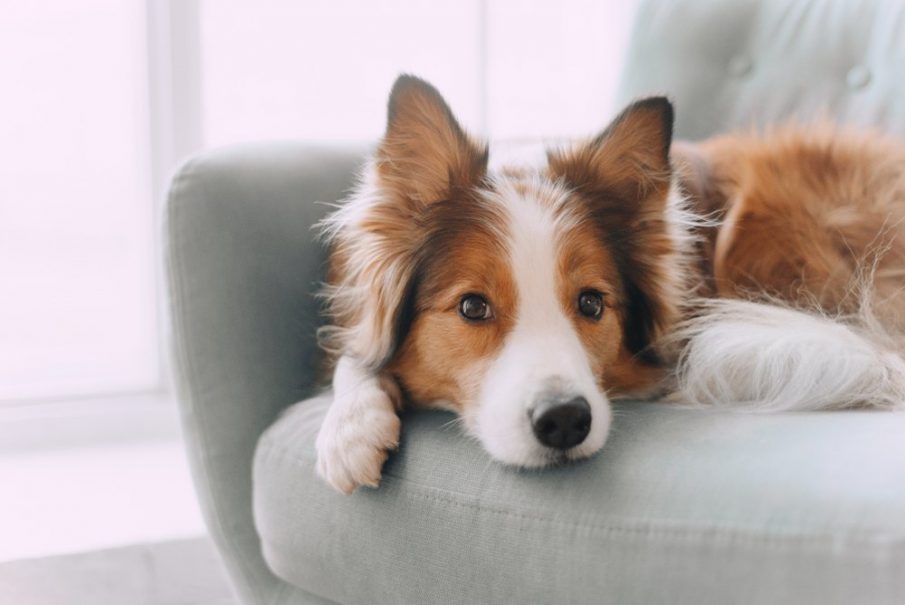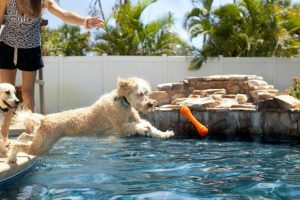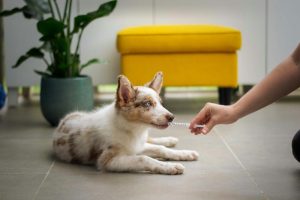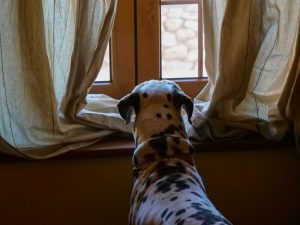With an end to lockdown measures in the UK in sight, and restrictions on our day-to-day lives gently easing, we’ll soon find ourselves spending less time at home. Your busier lifestyle might be a big change for your dog.
So how will your dog cope with this change? Greta Inglis, dog behaviour consultant for Wamiz, the online pet care experts, explains how to ease the transition for your dog as restrictions gradually ease, and the best ways to help your dog integrate into your updated lifestyle without having to resort to rehoming.
How Can You Prepare Your Dog For A Busier Lifestyle?
Preparing your dog for a busier lifestyle is important, particularly if they have become used to spending the majority of their time in your company. Teaching your dog to settle calmly on their bed can help prepare them for time home alone.
Reinforce time spent on their bed or in their den area, rewarding relaxation regularly – and combine this with physical and mental stimulation for a well-balanced and happy dog.
Helping your dog feel safe on its own takes time and practice. Puzzle feeders, snuffle mats and search games can help keep your dog feeling mentally stimulated in your absence.
Physical stimulation is equally as important if they are going to spend more time alone. This will vary depending on your dog’s breed – if your dog loves other dogs, make sure they get out meeting dogs on walks; if they love to explore, let them sniff. This will go a long way in helping them relax in your absence.
Which Breeds Of Dog Are More Suited To Time Alone?
Some dog breeds need more social interaction than others. These dogs breeds are known for being independent and low-maintenance in terms of their need for the company:
- Akita
- Chow Chow
- Afghan Hound
- Shar Pei
- Greyhound
- Basset Hound
Although these breeds are known for their independence, this doesn’t necessarily mean they will be happy being left alone all day and night for eight hours at a time.
Which Breeds Require More Attention?
Some dog breeds are notoriously human-oriented, thriving on company and attention from their people, such as:
- French Bulldog
- Border Collie
- Golden Retriever
- German Shepherd
- Italian Greyhound
- Hungarian Vizsla
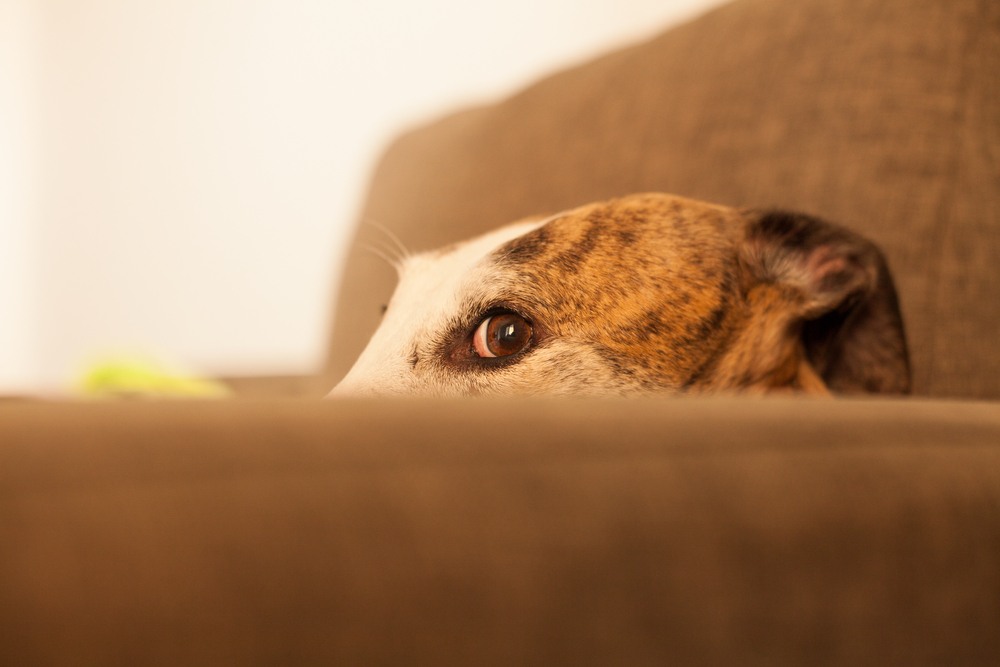
What Are The Less Obvious Signs Of Separation Anxiety To Look Out For?
Dogs are very perceptive and sensitive to changes in their environment, and there may be triggers that signal your departure you’re not even aware of.
Pacing and panting can both be signs of stress, in addition to lip licking and yawning. The most common signs are barking, whining and, in some cases, urination or defecation. Looking out for these more subtle signals could help you support your dog during the adjustment period, before these more noticeable behaviours manifest and the problem is harder to address.
How Can Separation Anxiety Be Avoided?
Positive reinforcement training is the best way to avoid separation anxiety. Starting as soon as your dog joins your household can help to set them up for success.
It can be really useful to video your dog and check how they respond – if your dog reacts when you leave, either through stress signals such as pacing, panting, or more intensely through vocalisation, this means you have moved too quickly. Go back a step to a point your dog was comfortable and then slowly increase the time you leave them alone.
How To Help Train Your Dog To Re-adapt To A Busier Lifestyle
Behaviour modification programmes that look at building up the amount of time your dog is left alone, can really help your dog settle into a busier lifestyle. Following the steps below can help to address any triggers that signal your departure and cause stress:
- Start with absences of only a couple of seconds, if your dog is very anxious, it may only involve steps towards the door so be sure to return and comfort them.
- Increase the distance between you and your dog, and the timeframe they are alone, taking a step back if they show signs of stress. Tip – You can help your dog get used to the feeling of being alone by leaving the TV or radio on or by using food puzzles and enrichment.
- Try to change your dog’s reaction to actions that signal you are leaving. An example of this is picking up your keys. Sit calmly with your dog and touch your keys. As soon as they make a low-level noise, treat your dog with something tasty and go about your business.
- Gradually build on the noise and interaction with the item, building positive associations through food rewards and then carrying on as usual. This helps show your dog nothing bad comes of the trigger and will help when you do need to leave them alone.
If You Have Home Cameras With A Microphone, Should You Avoid Reassuring Your Dog?
If you have a home camera with a microphone, it may be tempting to speak to your dog. Whilst this in itself isn’t bad, and depending on the dog, could go some way in alleviating their stress, it is worth bearing in mind that the sound from an unidentifiable source could cause confusion to your dog.
Additionally, if your dog becomes too used to this, and you won’t be able to consistently offer reassurance, this could cause further anxiety in the long run. Where possible work on training your dog to feel comfortable at home alone by themselves.
Jessica Rodriguez Jimenez, Founder at Rescue Centre TeluMa’s Dream, shares her comments and expertise for anyone who is considering rehoming their dog:
“90% of issues can be sorted out if there is the will to do it. Of course, if someone can’t take care of their dog, then rehoming a dog is probably the best solution. If the decision is taken to rehome the dog, the current owner should make the effort and allow the dog to stay at least with them until a new home is found and avoid the dog being put into a kennel and experiencing this dramatic change of environment.
“Dogs do have to get used to being left alone. Start with establishing that they aren’t allowed to follow you everywhere in the house (close the door and open it after 2 to 5 minutes). Go out and leave your dog alone at home, repeating this at different times during the day and for different time spans. Starting with little steps allows you to build up this understanding.
“Owners will need to assess if the busier lifestyle means they can’t give their dog the proper care and stimulation they need, even with the help of a dog walker, then it’s unfair on the dog. If the dog ends up spending more time with someone else than with its owner then that’s unfair too.”

